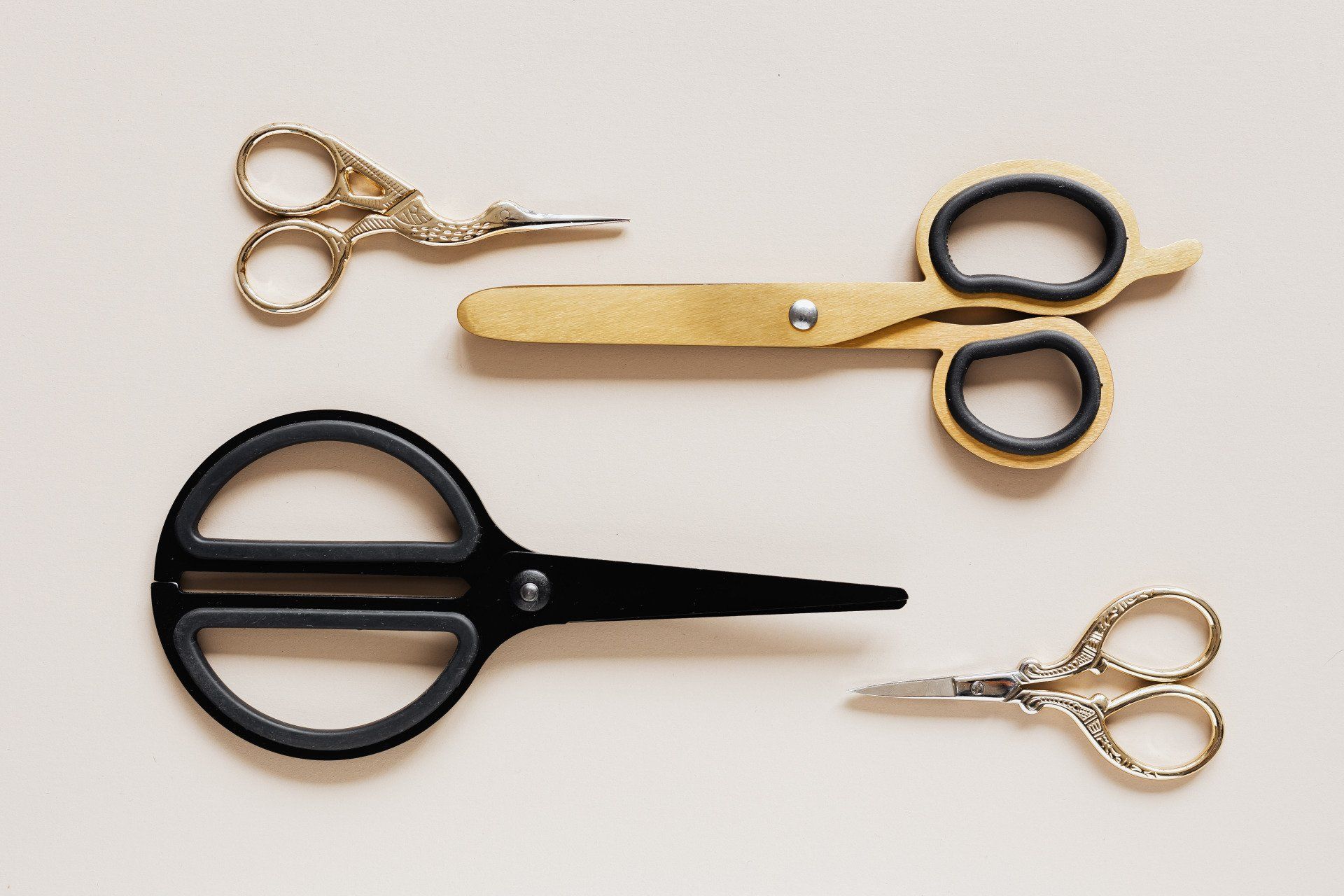Will consumers finally tap on the brakes?
Spending has slowed unexpectedly

Consumer spending on goods and services makes up more than 2/3rds of the nation’s economy. Healthy consumer spending drives the economy, and weaker spending can lead to slowdowns or even a recession. Coming out of the pandemic, the consumer emerged as strong as ever, initially spending high on goods and then moving on to services. However, the most recent report on consumer spending showed that spending cooled unexpectedly. Is this the beginning of a pullback from the consumer, leading to slower growth for the rest of the year?
One irony, and there have been many during the past couple of years, is that consumer moods were quite dismal, but consumer spending remained elevated. Consumer surveys, like the Conference Board’s Consumer Confidence Index or University of Michigan Consumer Sentiment, have been at record lows. But even with low levels of consumer sentiment, consumer spending continued to be solid. Forty-year high inflation, along with higher interest rates, were the primary drivers of this negative consumer sentiment, with recent levels being the lowest in 50 years. As inflation began to decelerate, consumer sentiment resumed a jagged edge climb, up until last month, when consumer sentiment plunged almost 10 points. Consumer confidence, which is more reflective of labor market views, has not seen the depths of consumer sentiment, but over the past year, it has moved sideways.
Along with subdued measures of consumer sentiment, consumers are beginning to show some signs of stress and changes in behavior. Credit card delinquencies have been rising since the end of 2021 and are now at the highest level since late 2011. Non-business bankruptcy filings are the highest since the 3rd quarter of 2020, when the economy saw a jump in pandemic-induced bankruptcies.
While the inflation rate has come down compared to 2022, it remains elevated and above the preferred 2% Fed goal. And while the inflation rate is lower now than a year ago, the price index itself is about 20% higher than two years ago, which means that prices remain higher.
All this is beginning to show up with changes in consumer behavior. An examination of foot traffic, based on Placer.ai data, shows that discount and dollar stores foot traffic across the Louisville Metro region is up 17% compared to last year. Consumers are seeking bargains to combat higher prices. Foot traffic at restaurants, which rely more on consumer discretionary spending, is down 10%. Furniture and home furnishings foot traffic is down 10% from last year. Attractions, which include cinemas and similar entertainment venues, are down 31% in foot traffic.
For the metro area, job growth has also slowed for the start of 2024. The most recent data show that the year over year change in jobs, on a percentage basis, is the slowest since 2010, excluding the job losses that occurred with Covid. Manufacturing, retail, financial and professional and business services are seeing a reduction in jobs, and leisure and hospitality has also slowed.
Signs are beginning to emerge that consumers may finally be taking a break. This may be welcome news to the Fed, but elevated inflation will make it difficult to lower interest rates anytime soon.
Uric Dufrene is the Sanders Chair in Business at Indiana University Southeast and president-elect of FEI Louisville.
More FEI Louisville News












